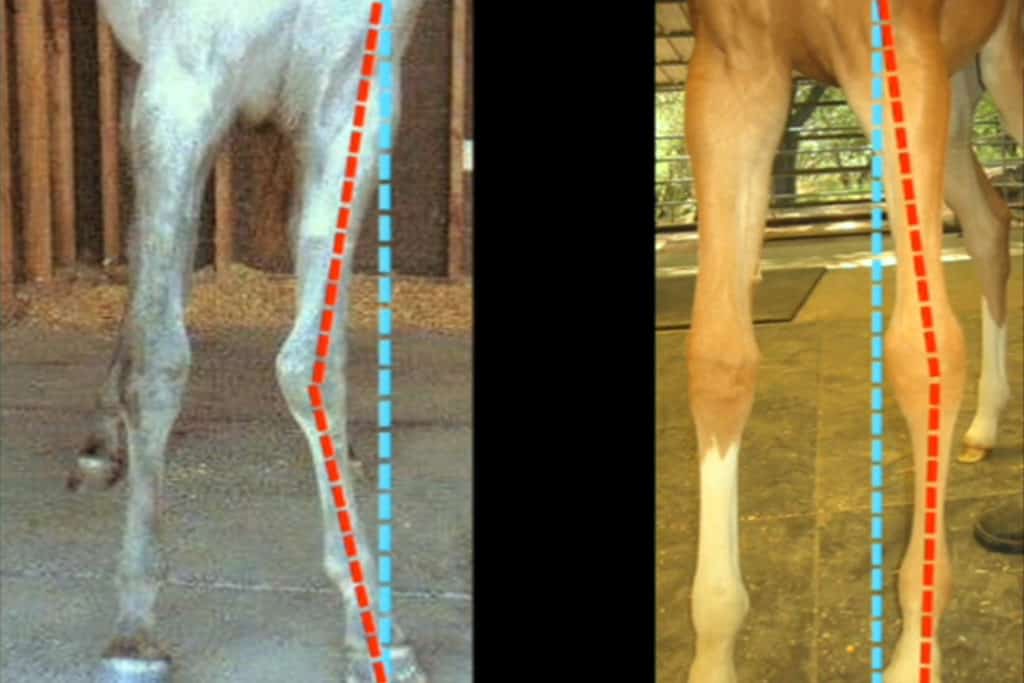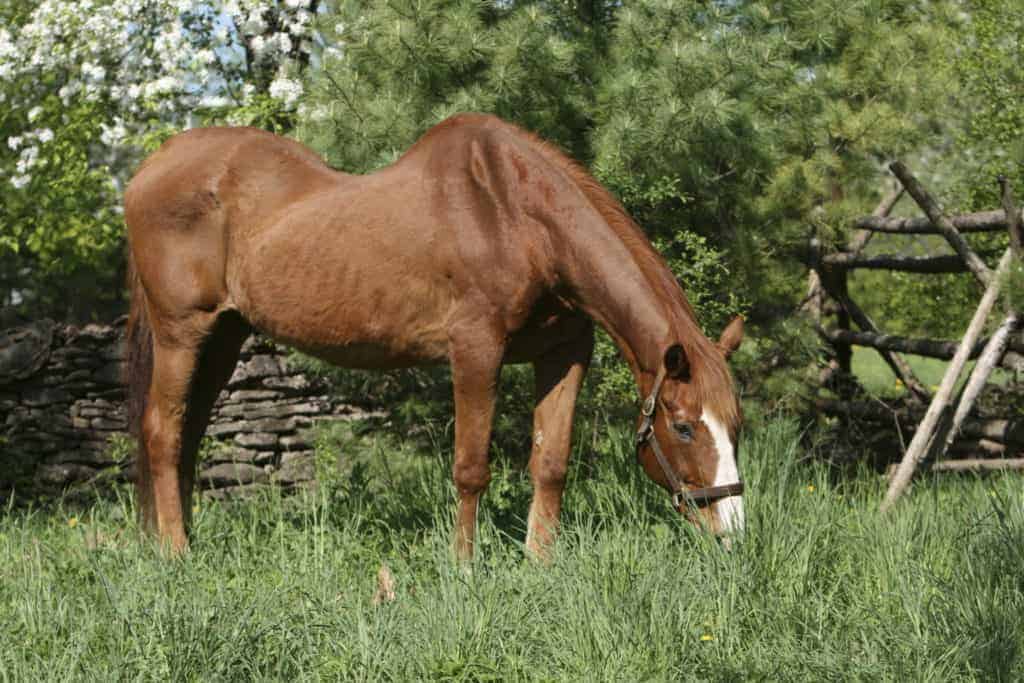
Young Horse Development Part 3: 18-24 Months
The second year of a horse’s life brings significant changes not only in his development but also his use.

The second year of a horse’s life brings significant changes not only in his development but also his use.
Cornell University researchers are examining the use of degradable pins for treating OCD lesions in horses.

Learn about leg conformation and angular, flexural, and rotational limb deformities in horses such as bow legs, knock knees, and club feet, and when to call the vet about these problems with Dr. Christy Corp-Minamiji of Davis, Calif.

Clearly defined diagnostic criteria could help veterinarians detect BFS earlier and more accurately.
Be it for racing, reining, or riding, a horse needs to be put together properly; but does a horse need to be put together perfectly?
In 2009 the AAEP Foundation conducted a survey to assess the thoughts and opinions of the membership in defining and prioritizing the needs for equine health research. This followed an initial survey in 2003 to establish needs for equine research…
Osteoarthritis of the distal (lower) hock joints is a common performance problem in sport horses.
During a three-year study on articular (joint) cartilage maturation, researchers at the Gluck Equine Research Center used new genetic techniques to investigate how joint cartilage changes between newborn foals and young adult horses.
It is

A subject that is of vital interest to breeders, managers, sales agents, trainers, riders, farriers, and veterinarians–in short–everyone in the horse industry.

At the 2008 American Association of Equine Practitioners Convention, attendees were treated to an in-depth presentation on horse conformation and its effects on soundness by veterinarian G. Marvin Beeman, MS, DVM, of the Littleton Large Animal Clinic in Colorado. He addressed methods of evaluating conformation as well as his own conformation categories.
The term “corrective shoeing” is often overused and misunderstood. It sometimes implies that the farrier can correct conformational faults of feet and legs. In reality, often very little can be done to change the way a horse is built. Trying to fix
A triad of factors, namely sex, breed, and age, are all associated with the development of cervical vertebral compressive myelopathy (CVCM) according to one of the latest studies published by researchers at the College of
Researchers from the United Kingdom recently embarked on an 18-month exercise study to determine why the equine superficial digital flexor tendon (SDFT) is more prone to injury than the various other tendons located in the distal (lower) part of
It pays to think outside the box when considering possible causes of stallion infertility. The stallion’s reproductive conformation, quality of sperm, and history can all impact his performance in the breeding shed.
The International Society of Equine Locomotor Pathology (ISELP) held the first of its second series of lectures earlier this month. Around 100 veterinarians attended the weekend course hosted by Virginia Equine Imaging and led by Jean-Marie
Measurement of osteocalcin (a marker of joint metabolism) in 2-week-old foals might be useful for identifying foals at risk for developing osteochondrosis.
Osteochondrosis (OC) is a developmental orthopedic disease that results from a
Stay on top of the most recent Horse Health news with
"*" indicates required fields